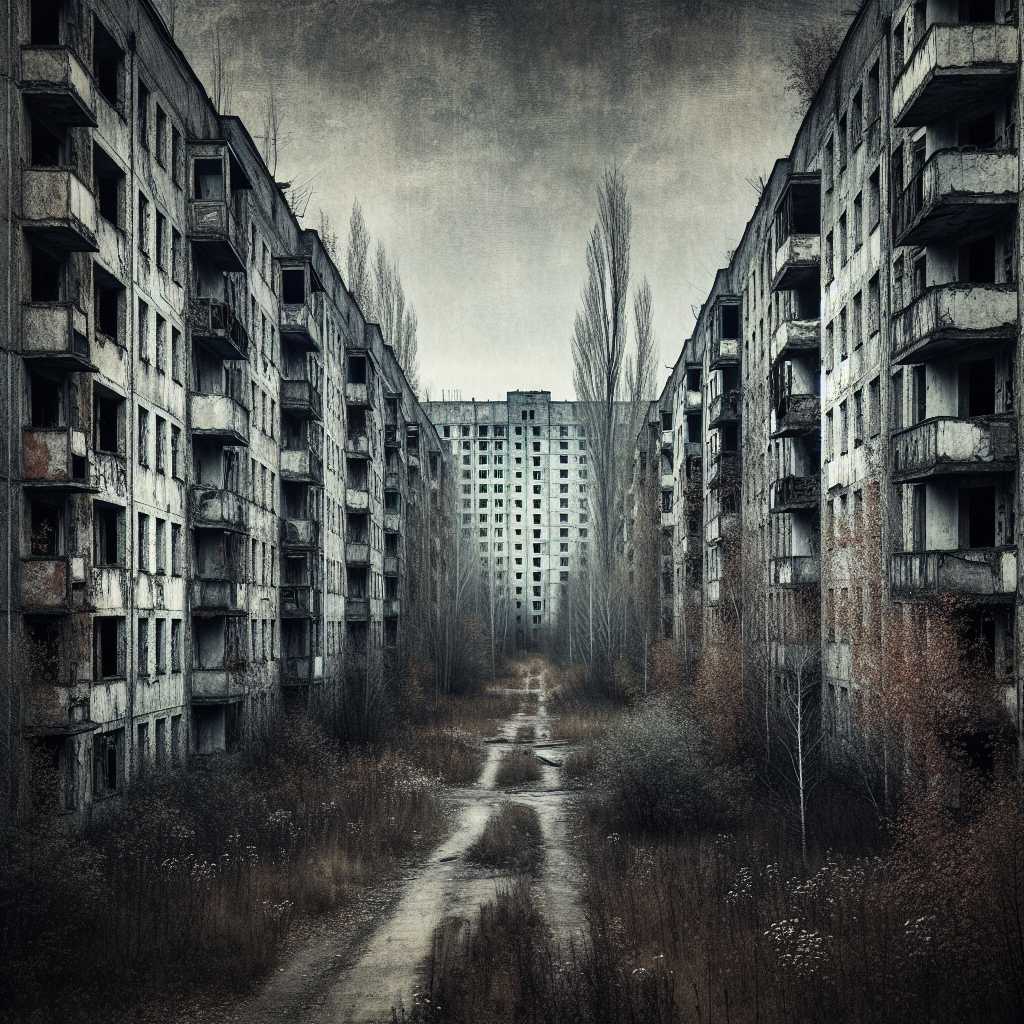## Long-Term Impact of the Chernobyl Nuclear Disaster
The Chernobyl disaster, which occurred on April 26, 1986, stands as one of the most catastrophic nuclear events in history. The mishap led to the release of massive quantities of radioactive particles into the atmosphere, which spread across vast stretches of Europe. This event has had profound long-term environmental, health, and social impacts, which continue to be felt and analyzed decades later.
Historical Context of the Chernobyl Disaster
The Chernobyl power plant, located near Pripyat in what was then the Soviet Union and is now Ukraine, housed four RBMK-type nuclear reactors. The disaster took place during a safety test in the fourth reactor, which led to a sudden power increase causing an explosion and subsequently a fire that burned for 10 days. The catastrophe resulted not only from the inherent flaws of the RBMK reactor but also from human error and systemic shortcomings within the plant’s management and safety procedures.
Environmental Impact of Radioactive Contamination
The region surrounding Chernobyl was subject to immediate contamination by various radioactive isotopes, including iodine-131, cesium-137, strontium-90, and plutonium isotopes. The destruction wrought upon the local environment was severe, with large areas rendered uninhabitable due to high levels of radioactivity—an exclusion zone was established around the reactor to safeguard public health.
Health Effects on Populations Exposed to Radiation
In the wake of the disaster, there have been numerous health concerns for those exposed to radioactive material. Among these concerns was a substantial increase in thyroid cancer rates among children who consumed contaminated food or milk containing radioactive iodine. Apart from thyroid cancer, there have been studies examining potential increases in leukemia and other forms of cancer in affected populations, although attributing these increases directly to radiation exposure remains complex and contentious.
Socio-economic Consequences and Relocation of Residents
The evacuation of nearby settlements significantly disrupted local communities. The town of Pripyat, once vibrant and full of life as a home for plant workers and their families, suddenly became a haunting ghost town. The economic impacts extended beyond the immediate region due to agricultural bans and other restrictions on food derived from contaminated areas.
The Continued Presence of Radiation and Future Safety Measures
Ongoing monitoring and containment are central to the efforts in dealing with the long-term presence of radiation at Chernobyl. Decontamination processes were large scale recounts of soil removal, forestation management, and burial of radioactive materials. The construction of a New Safe Confinement structure over the reactor aims to minimize further environmental contamination and enhance safety for decades to come.
Emphasis on Nuclear Safety Post-Chernobyl
Chernobyl’s legacy endures in its influence on nuclear safety protocols worldwide. Nuclear energy regulatory bodies have incorporated lessons learned from Chernobyl into their standards-making processes for reactor design and operation. These criterions are aimed at preventing similar incidents from occurring.
Cultural Legacy and Awareness through Media Representation
Beyond its physical impact, Chernobyl has become embedded into worldwide cultural consciousness, often symbolizing the perils of nuclear energy when stringent safety measures are not maintained. Media portrayals like HBO’s “Chernobyl” miniseries serve not only as educative tools but also contribute towards shaping public opinion by highlighting both human error and heroism displayed during the disaster’s response.
Notes:
Image description: A haunting image of deserted streets in Pripyat with dilapidated apartment buildings showing windows gazing emptily into space; rusting infrastructure is overtaken by growth vegetation as nature reclaims what remains after humanity’s precipitous departure post disaster in Chernobyl.
OYvdq

